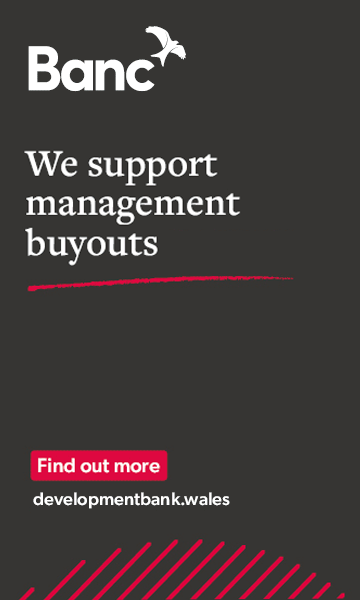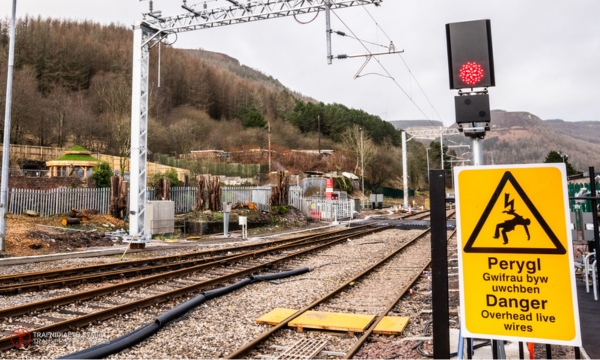
Written by:
Victoria Winckler
Director
The Bevan Foundation
______________________________________________________________________________________________________________________________
Many news outlets – including Business News Wales – have carried stories recently about a cooling housing market. The number of instructions to selling agents is down, sales are falling and prices have dipped in recent months. The sense of alarm in some quarters is palpable.
None of this is surprising. The economy is teetering on the brink of recession, hundreds of thousands of people are facing a hike in their mortgage repayments, and households’ spending power is shrinking thanks to higher heating and food bills. In these circumstances, who would want to take on a big new debt if they did not have to?
The weakening housing market may also – finally – be a sign of house prices realigning with earnings. According to the Office for National Statistics, the average price paid for a home in Wales has increased from £153,791 in November 2018 to £220,366 in November 2022. That’s an extraordinary 43% increase in just four years. Median earnings fell way behind house prices, being up by less than 25% over the same time.
The most obvious effect of rocketing house prices is that buying a home is unaffordable for more and more people. The typical Welsh home is now 6.6 times the typical Welsh worker’s pay – a stretch for mid-level earners and out of reach for growing numbers of households.
The long-term effects of rising prices are all too clear. Strikingly, owner-occupation is no longer a thriving sector. In 2021 just 11,000 more households owned their home than in 2011 despite there being more than 44,000 additional households in Wales. There was a small growth in the number of households in social rented homes, but the big growth was in the private rented sector. Today, more than a quarter of a million households – over one in six – live in a privately-rented home.
Does it matter? Yes. The growing unaffordability of homes is bad news for prospective buyers as well as construction businesses. But it’s the rise of the private rented sector as a result that is of greatest concern.
For all the luxury flats popping up in some of Wales’ cities, the sector overall is known for having much poorer conditions than other tenures. It has lower energy efficiency ratings and a disproportionate number of hazards especially cold and damp. Private renting is also much less secure than owner-occupation, with most tenancies being just 12 months. This might be acceptable for young professionals but for families it can force frequent, unsettling changes in their children’s school, friends and GP.
And private renting is costly. According to the Office for National Statistics, the average rent paid by households in Wales in 2021 was £550 a month. This was the equivalent of nearly a quarter of average household income. But it is low-income renters who are hardest hit: for them, even low rents are unaffordable, taking around a third of their incomes. And while some low-income renters can get some help with their rent from the social security system, it usually does not cover their rent in full.
So contrary to some news stories, an end to month-on-month rises in house prices may be no bad thing. Static house prices could, over a period of several years, allow earnings for mid-level employees to catch up. And if more people able to afford to buy a home then fewer people will be chasing a home to rent, potentially easing the pressure on both social and private renting. There could be silver lining to the house price fall cloud.























